Panado Paediatric syrup
SCHEDULING STATUS:
Not-scheduled
PROPRIETARY NAME
(and dosage form):
PANADO* PAEDIATRIC SYRUP ALCOHOL & SUGAR FREE
PANADO* PAEDIATRIC SYRUP
COMPOSITION:
PANADO* PAEDIATRIC SYRUP ALCOHOL & SUGAR FREE:
Each 5 mL syrup contains paracetamol 120 mg, Benzoic acid 0,30% m/v and Potassium Sorbate 0,10% m/v as preservatives. Contains no Tartrazine.
PANADO* PAEDIATRIC SYRUP:
Each 5 mL contains Paracetamol 120 mg, Methylparaben 0,1% m/v and Ethanol 10% v/v as preservatives.
Contains no Tartrazine.
PHARMACOLOGICAL CLASSIFICATION:
A 2.7 Antipyretic or antipyretic and anti-inflammatory analgesics.
PHARMACOLOGICAL ACTION:
Paracetamol has analgesic and antipyretic actions.
INDICATIONS:
For the relief of mild to moderate pain and fever.
CONTRA-INDICATIONS:
Hypersensitivity to Paracetamol.
Severe liver function impairment.
WARNINGS:
Dosages in excess of those recommended may cause severe liver damage.
Patients suffering from liver or kidney disease should take Paracetamol under medical supervision.
Consult a doctor if no relief is obtained with the recommended dosage.
Do not use continuously for more than 10 days without consulting a doctor.
DOSAGE AND DIRECTIONS FOR USE:
Children:
6 – 12 years 10 – 20 mL
1 – 5 years 5 – 10 mL
Infants:
3 months – 1 year 2,5 – 5 mL
Repeat dosage every 6 – 8 hours if necessary, but not more than 4 doses in 24 hours.
SIDE-EFFECTS AND SPECIAL PRECAUTIONS:
Skin rashes and other allergic reactions may occur. The rash is usually erythematous or urticarial but sometimes more serious and may be accompanied by fever and mucosal lesions. The use of paracetamol has been associated with the occurrence of neutropenia, pancytopenia and leucopenia.
Special Precautions:
1. Consult a doctor if no relief is obtained from the recommended dosage.
2. Store in a safe place out of reach of children.
KNOWN SYMPTOMS OF OVERDOSAGE AND PARTICULARS OF ITS TREATMENT:
In the event of overdosage or suspected overdose and notwithstanding the fact that the person may be asymptomatic, the nearest doctor, hospital or Poison Control Centre must be contacted immediately.
Symptoms of paracetamol overdosage in the first 24 hours are pallor, nausea, vomiting, anorexia and abdominal pain. Liver damage may become apparent 12 to 48 hours after ingestion. Abnormalities of glucose metabolism and metabolic acidosis may occur.
Acute renal failure with acute tubular necrosis may develop even in the absence of severe liver damage. Cardiac arrhythmias have been reported.
Symptoms during the first 2 days of acute poisoning do not reflect the potential seriousness of the overdosage. Nausea, vomiting, anorexia and abdominal pain may persist for a week or more. Liver injury may become manifest on the second day, (or later) initially by elevation of serum transaminase and lactic dehydrogenase activity, increased serum bilirubin concentration and prolongation of prothrombin time. The liver damage may progress to encephalopathy, coma and death. Cerebral oedema and non-specific myocardial depression have also occurred. In the event of overdosage consult your doctor or take the patient to the nearest hospital immediately. Specialised treatment is essential as soon as possible.
Prompt treatment is essential. Any patient who has ingested about 7,5 g of paracetamol in the preceding 4 hours should undergo gastric lavage. Specific therapy with an antidote such as acetylcysteine or methionine may be necessary. If decided upon, acetylcysteine should be administered IV as soon as possible.
Acetylcysteine:
Acetylcysteine should be administered as soon as possible, preferably within 8 hours of overdosage. IV: An initial dose of 150 mg/kg in 200 mL glucose injection, given intravenously over 15 minutes, followed by an intravenous infusion of 50 mg/kg in 500 mL glucose injection over the next 4 hours and then 100 mg/kg in 1000 mL over the next 16 hours. The volume of intravenous fluids should be modified for children. Orally: 140 mg/kg as a 5% solution initially, followed by a 70 mg/kg solution every 4 hours for 17 doses. Acetylcysteine is effective if administered within 8 hours of overdosage,
IDENTIFICATION:
PANADO* PAEDIATRIC SYRUP ALCOHOL & SUGAR FREE:
Choc- mint flavoured, green syrup.
PANADO* PAEDIATRIC SYRUP:
Peppermint flavoured, green syrup.
PRESENTATION:
PANADO* PAEDIATRIC SYRUP ALCOHOL & SUGAR FREE:
Bottles of 100 mL.
PANADO* PAEDIATRIC SYRUP:
Bottles of 50 and 100 mL.
STORAGE INSTRUCTIONS:
Store in a well closed container protected from light. Store below 25ÃÆøC. Exposure to air should be kept to a minimum. KEEP OUT OF REACH OF CHILDREN.
Kindly note that we do not give any medical advice.
Raines Africa.com is a retail website, selling supplements and other health-related branded products (none of which are scheduled medication).
Any medical advice should be given by your personal health care professional.
Disclaimer
DISCLAIMER: This product may be a complementary medicine and/or not have been evaluated and verified by the South African Health Products Regulatory Authority for its quality, safety or intended use. Use of this product is therefore not intended to compensate for diagnosis, treatment, cure, or mitigation of medical conditions and must not substitute the obtaining of medical advice from a registered health professional for any health or health-related conditions.
Only logged in customers who have purchased this product may leave a review.
Related products
Pain & Fever
Pain & Fever
Pain & Fever
Pain & Fever
Pain & Fever


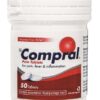
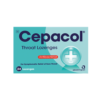
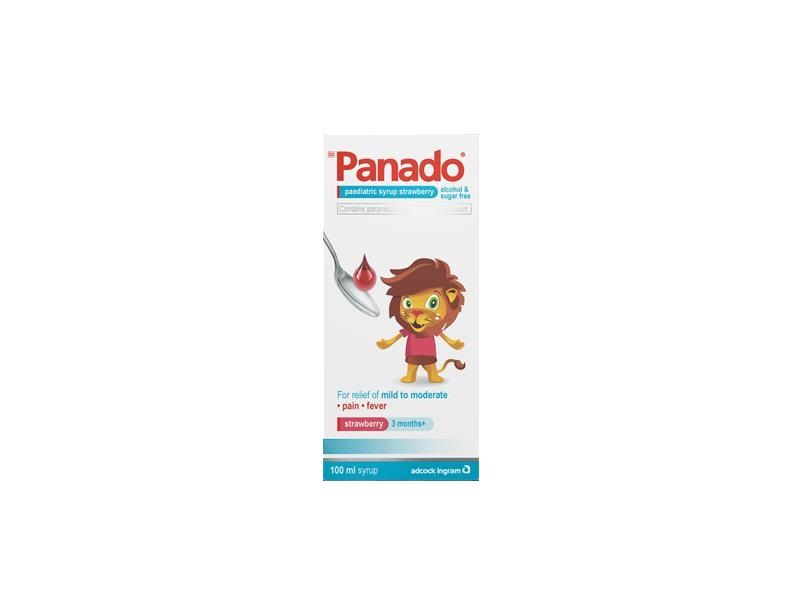


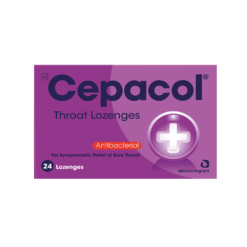
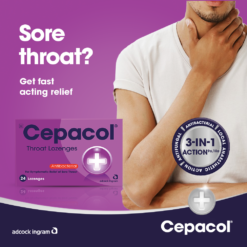
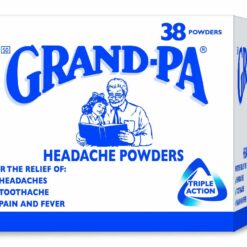








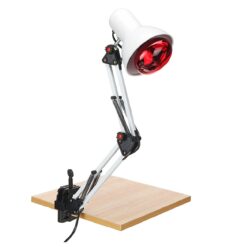

Reviews
There are no reviews yet.